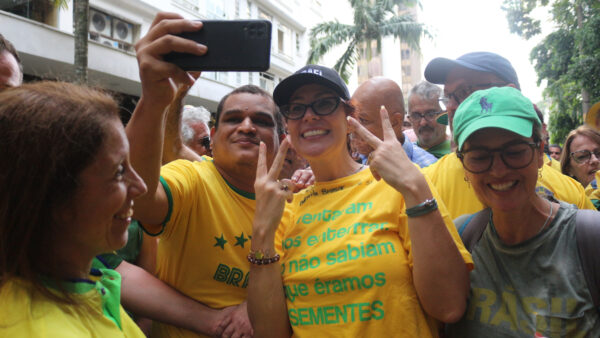Brazil’s mid-term municipal elections are often seen by parties as a dress rehearsal for national races. History suggests that local disputes often anticipate trends that we will observe two years later, when presidential and gubernatorial candidates square off. In 2020, the municipal election will be as national as ever, with all the main presidential hopefuls using the November 15 vote to set up alliances that could carry them over the finish line in 2022.
In this game, São Paulo and Rio de Janeiro are disproportionately important, as the country’s two most-populated and wealthiest cities — with a combined GDP of nearly BRL 1 trillion (USD 190 billion), or 10 percent of the Brazilian economy. These two cities alone, account for over 9 percent of the Brazilian electorate.
Both races, however, are up in the air, less than two months before Election Day. We explain what is at stake in each of them.
Key points in the 2020 election
- While reelection rates are extremely high in state and national races, the same doesn’t happen for municipal disputes. The percentage of mayors who were granted a second term has continually decreased since 2008 to an all-time low of 21 percent in 2016.
- The Brazilian Social Democracy Party (PSDB) will try to preserve its dominance in major urban centers. Of Brazil’s biggest 96 cities, the PSDB is the ruling party in 30 of them. That is thanks to its continuous shift towards a...


 Search
Search






































